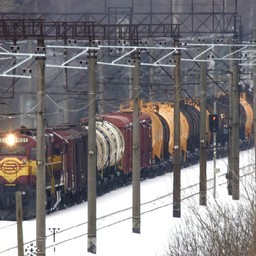
When you need to transit big quantities of heavy items or hazardous materials over the long-distance the logical solution is to use railroad transport. Shipping by train offers a significant discount compared to traditional truckload price range. However intermodal freight is almost always a combination of truck and train. Trucks are used to transport freight from rail hub to its final destination.

